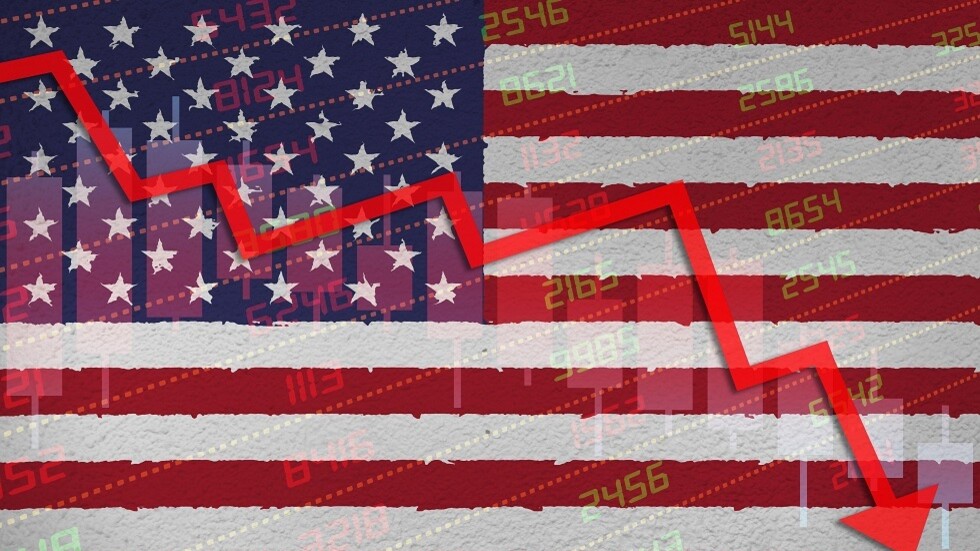Investing.com reported that the U.S. Federal Reserve’s decision to keep interest rates unchanged until the end of the year is not just a technical monetary policy move, but one that opens the door to complex economic and financial risks.
The move raises questions about the Fed’s ability to balance rising inflation with a slowing labor market.
Markets Betting on Rate Cuts
Although markets are almost fully pricing in a rate cut by September, the report warned that a prolonged freeze in interest rates could heighten uncertainty and expose the U.S. economy to deeper challenges.
Particularly as inflationary pressures grow across both goods and services.
Inflation: Goods Stable, Services Rising
According to Morgan Stanley analysts, July’s Consumer Price Index data revealed “stubborn inflation” but with a different mix: goods remained resilient without major price hikes.
While services such as airfares and hotels rose sharply after months of deflationary trends.
The report highlighted that the core CPI stood at 3.1% year-on-year in July, while the core PCE index is expected at 2.9%, roughly the same as last year.
This suggests that any additional surge in goods inflation from tariffs could keep inflation uncomfortably above the Fed’s 2% target.
Read also: Why is the US Dollar Leading Globally and What Are the Threats on Its Dominance?
Labor Market in Focus
The August jobs report will be a critical test for the Fed.
If job growth accelerates and unemployment stabilizes between 4.2% and 4.3%, the central bank may look past the weaker May and June data.
However, a sharp slowdown in hiring could push the Fed toward a faster monetary easing path.
Global Implications of the Interest Rates Freeze
Morgan Stanley emphasized that U.S. monetary policy will remain central to global markets.
Any improvement in U.S. economic data could delay easing measures in the Eurozone.
In Japan, stronger U.S. performance may encourage the Bank of Japan to consider raising interest rates later this year.
The global economy remains heavily dependent on Federal Reserve decisions, with rising risks on both the inflation and growth fronts, making the Fed’s next moves highly consequential worldwide.


